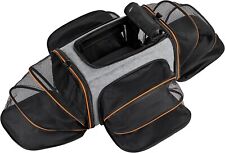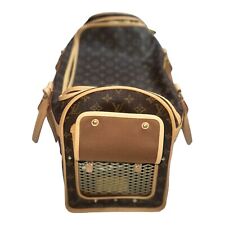Litter Box Cleaning Tips

This problem, by far the most common of cat owners, can usually be prevented by a simple precaution: making sure your cat’s litter box is the single most irresistible repository for her deposits. Here are a few suggestions to start you off on the right paw.
Cats are fussy about odors, so try to put yourself at the level of your own cat’s sensitive little nose. What smells are abhorrent to cats? Feces and urine, of course-but also many scents that are considered pleasant by human standards: detergents, citrus-scented sprays, bleach and ammonia, perfumes and even, perhaps, baking soda. If you aren’t convinced that this sensitivity matters to your cat, consider how odor-free your carpet used to be.
- Because covered litter boxes tend to trap odors, get rid of that cover.
- Buy only unscented litter. And additives such as baking soda can make a cat turn up her nose; consider an additive-free trial period, relying instead on manual cleaning.
- When washing the litter box, use plain soap and water. During warmer months, rotate boxes so that one can dry in the sunlight-one of nature’s greatest disinfectants. Occasional disinfection with dilute bleach-followed by rinsing and thorough drying-should be enough.
- Clumping, scoopable litters are easiest to maintain. Each day, remove clumped urine from the bottom up, taking care not to shatter the clump. Any urine remaining will quickly be converted to ammonia, detectable to your cat long before it bothers you. If the clumps crumble too easily, try litter that clumps harder (typically formulated for multiple cat households), and be sure to dump the clumps as soon as possible.
- Plain (non-scoopable) clay is harder to clean but, alas, may be preferred by some traditionalist cats. Because urine soaks to the bottom and cannot be efficiently cleaned, these litters should be dumped and the box refilled regularly (once a week should be enough, unless your cat already is inappropriately eliminating, in which case the litter should be dumped each time he urinates). Feces can simply be removed as needed – at least once a day.













